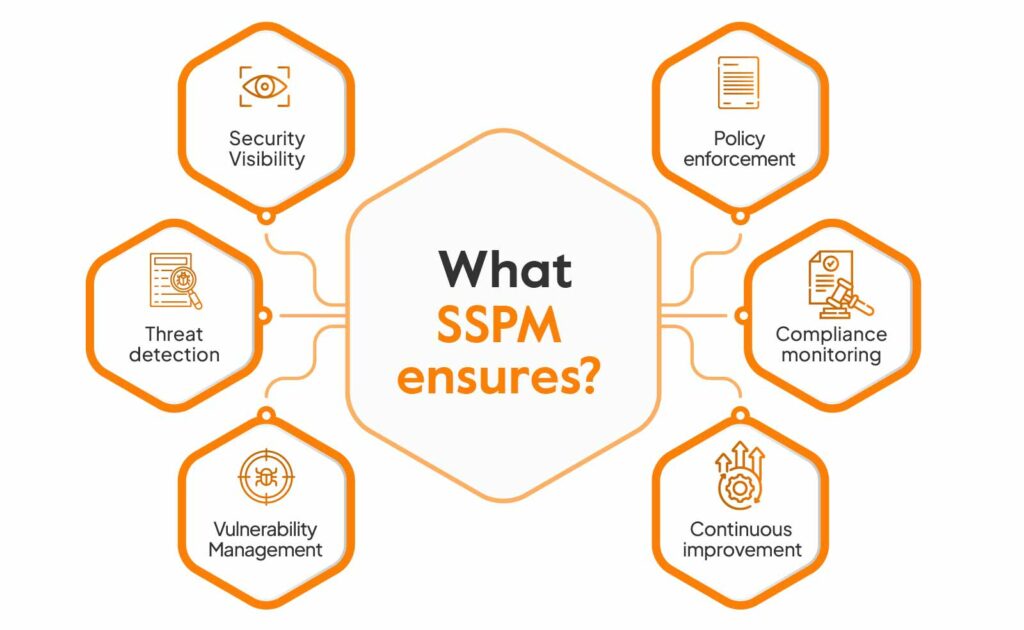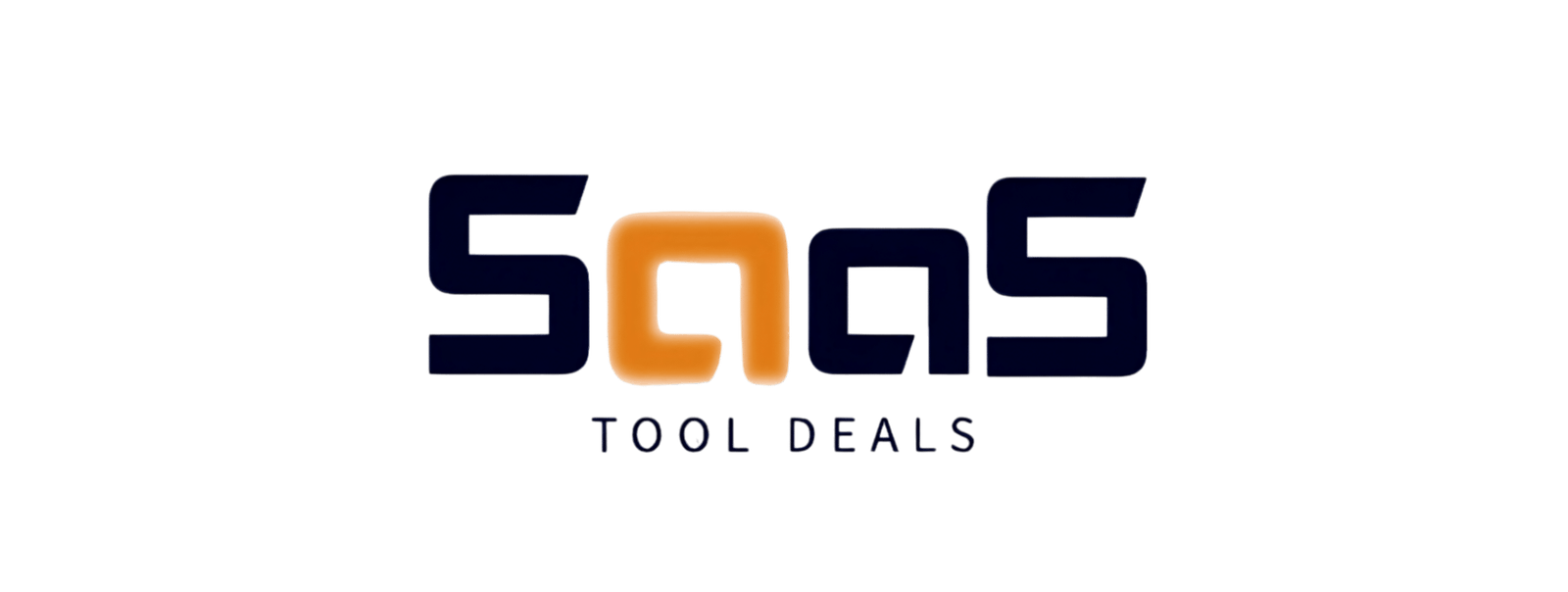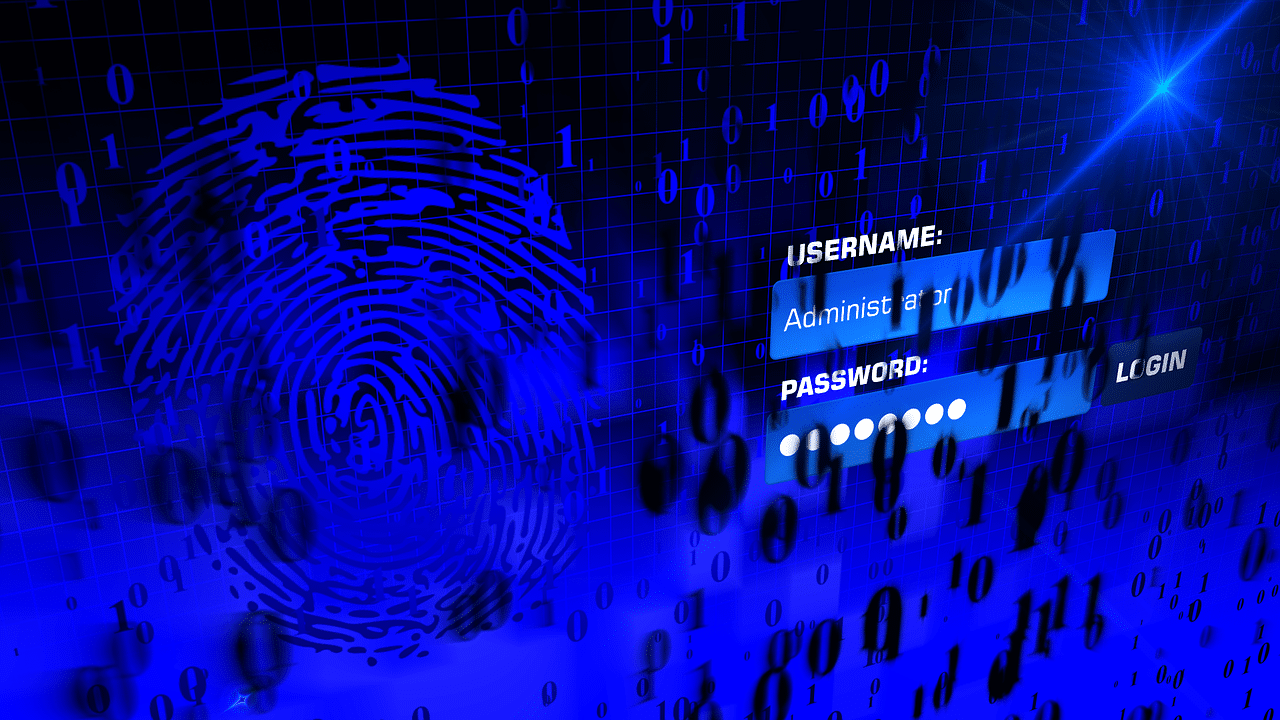Software as a Service (SaaS) offers many security benefits. It ensures data safety and reliability.
In today’s digital age, securing data is crucial. Businesses face constant threats from cyber attacks. SaaS provides a robust solution to these challenges. Unlike traditional software, SaaS offers built-in security features. These features protect data from unauthorized access. Regular updates keep systems secure and up-to-date.
Users benefit from advanced encryption and secure backups. This reduces the risk of data loss. SaaS providers also monitor for threats constantly. This proactive approach ensures any issues are quickly resolved. By choosing SaaS, businesses can focus on growth without worrying about security. Let’s explore the security benefits of SaaS in detail.
Table of Contents
Introduction To Saas Security
Security is crucial for SaaS (Software as a Service). This section explores why it matters. SaaS providers must protect user data. They must also ensure system integrity. Let’s dive deeper into SaaS security.
What Is Saas?
SaaS stands for Software as a Service. It’s a cloud-based service. Users access software online, not on local machines. This model offers flexibility and scalability. Common examples include Google Workspace and Microsoft Office 365.
| Feature | Description |
|---|---|
| Accessibility | Access from anywhere with the internet |
| Scalability | Easy to scale up or down |
| Cost-effective | Pay-as-you-go pricing |
Importance Of Security In Saas
Security in SaaS is vital. It protects sensitive data from breaches. SaaS providers use advanced security measures. These include encryption and firewalls.
Key security benefits of SaaS:
- Data encryption
- Regular security updates
- Access control
- Backup and recovery
Data encryption keeps information safe. Regular updates fix vulnerabilities. Access control limits who can see data. Backup and recovery ensure data is not lost.
Data Encryption
Data encryption is a key component of Software as a Service (SaaS) security. It protects sensitive information by encoding it. This ensures only authorized users can access the data. Let’s explore the methods and benefits of data encryption in SaaS.
Encryption Methods
SaaS providers use various encryption methods to secure data:
- Symmetric Encryption: Uses the same key for encryption and decryption.
- Asymmetric Encryption: Utilizes a pair of keys – public and private.
- End-to-End Encryption: Data is encrypted on the sender’s side and decrypted on the recipient’s side.
These methods ensure data remains secure during transmission and storage.
Benefits Of Data Encryption
Data encryption offers several benefits for SaaS users:
- Data Security: Prevents unauthorized access to sensitive information.
- Compliance: Helps meet regulatory requirements like GDPR and HIPAA.
- Data Integrity: Ensures data is not altered during transmission.
- User Trust: Builds confidence among users regarding data protection.
These benefits make data encryption a crucial aspect of SaaS security.
Access Control
Access Control is a critical aspect of SaaS security. It ensures that only authorized users can access specific data and resources. This section will explore two main components of access control: User Authentication and Role-Based Access.
User Authentication
User Authentication verifies the identity of users trying to access the system. This process helps to prevent unauthorized access. Here are some common methods:
- Passwords: The most basic form of authentication. Users provide a secret password.
- Multi-Factor Authentication (MFA): Requires two or more verification methods. It adds an extra layer of security.
- Biometric Authentication: Uses physical characteristics like fingerprints or facial recognition.
These methods ensure that only legitimate users gain access. For example, MFA combines a password with a code sent to the user’s phone. This makes it harder for attackers to breach the system.
Role-based Access
Role-Based Access restricts access based on user roles within the organization. Each role has specific permissions that define what users can and cannot do. Here are some examples:
| Role | Permissions |
|---|---|
| Administrator | Full access to all resources and settings. |
| Manager | Access to manage teams and view reports. |
| Employee | Access to own data and specific tasks. |
By assigning roles, organizations can control who sees sensitive data. This reduces the risk of data breaches. For instance, only administrators can change system settings. Managers can view reports but cannot modify system configurations.
Combining user authentication and role-based access ensures robust security. It keeps sensitive information safe and accessible only to authorized users. Implementing these strategies helps protect your SaaS environment from unauthorized access and potential threats.

Regular Security Updates
Regular security updates are one of the key benefits of Software as a Service (SaaS). These updates ensure that your software is always protected against the latest threats. SaaS providers handle security updates for you, keeping your data safe and secure.
Automated Updates
With SaaS, updates are automated. You don’t need to manually install them. This saves time and ensures you always have the latest security patches. Automated updates reduce the risk of human error. They keep your software up-to-date without any effort on your part.
Patch Management
Effective patch management is crucial for security. SaaS providers take care of this for you. They monitor for vulnerabilities and release patches regularly. This proactive approach ensures your software is always protected.
Here’s a simple table summarizing the benefits:
| Feature | Benefit |
|---|---|
| Automated Updates | Saves time and reduces human error |
| Patch Management | Regular protection against vulnerabilities |
Regular security updates are essential. They keep your software secure and your data safe. With SaaS, you can rest easy knowing your software is always up-to-date.
Compliance Standards
Ensuring compliance with regulatory standards is crucial for businesses using SaaS (Software as a Service). Compliance standards help protect sensitive data and maintain trust. Let’s explore the key aspects of compliance standards in SaaS.
Regulatory Requirements
SaaS providers must adhere to various regulatory requirements. These regulations protect data and ensure privacy.
Some common regulatory standards include:
- GDPR – General Data Protection Regulation for EU citizens’ data protection.
- HIPAA – Health Insurance Portability and Accountability Act for healthcare data security.
- PCI DSS – Payment Card Industry Data Security Standard for payment data protection.
- ISO 27001 – International standard for information security management systems.
Compliance with these regulations is mandatory. Failing to comply can result in severe penalties and loss of reputation.
Maintaining Compliance
SaaS providers implement several measures to maintain compliance. These measures ensure continuous adherence to regulatory standards.
Here are some ways SaaS providers maintain compliance:
- Regular Audits – Conducting frequent audits to identify and address compliance gaps.
- Data Encryption – Encrypting data at rest and in transit to protect it from unauthorized access.
- Access Controls – Implementing strict access controls to limit data access to authorized personnel only.
- Incident Response Plans – Developing and maintaining incident response plans to address data breaches promptly.
Maintaining compliance is an ongoing process. It requires continuous monitoring and updating of security measures.
| Compliance Measure | Description |
|---|---|
| Regular Audits | Frequent evaluations to ensure compliance standards are met. |
| Data Encryption | Securing data by converting it into a coded format. |
| Access Controls | Restricting data access to authorized users only. |
| Incident Response Plans | Preparing strategies to handle data breaches effectively. |
Disaster Recovery
Disaster Recovery is a crucial aspect of any business, ensuring that operations can continue smoothly after unexpected events. SaaS (Software as a Service) offers robust disaster recovery solutions that can safeguard your data and minimize downtime. Let’s explore how SaaS can help with disaster recovery through backup solutions and recovery plans.
Backup Solutions
SaaS providers offer reliable backup solutions that automatically save your data. These backups are stored in multiple locations to ensure data safety. The process is seamless and doesn’t require manual intervention.
- Automatic Backups: Data is backed up regularly without user input.
- Multiple Copies: Data is stored in different geographic locations.
- Encryption: Data is encrypted during backup to ensure security.
These features ensure your data is always available, even in case of hardware failures or other issues.
Recovery Plans
Having a solid recovery plan is essential. SaaS providers offer comprehensive recovery plans tailored to your needs. These plans include:
- Data Restoration: Quickly restore data from backups.
- System Rebuild: Rebuild systems using stored configurations.
- Testing: Regular tests to ensure recovery plans are effective.
These steps help reduce downtime and ensure your business can resume operations swiftly.
| Feature | Description |
|---|---|
| Automatic Backups | Regular, automated data backups without user intervention. |
| Multiple Copies | Data stored in various locations for added security. |
| Encryption | Securing data during backup and storage. |
| Data Restoration | Quick recovery of data from backups. |
| System Rebuild | Rebuilding systems using stored configurations. |
| Testing | Regular tests to ensure recovery plans are effective. |
By leveraging SaaS for disaster recovery, businesses can ensure data safety and minimize disruptions. With automatic backups and comprehensive recovery plans, SaaS provides a reliable solution for disaster recovery needs.
Threat Detection
Threat Detection is a crucial aspect of SaaS security. It helps identify potential threats before they cause damage. SaaS providers use advanced tools to monitor and respond to threats effectively. This ensures your data stays safe and secure.
Monitoring Tools
SaaS providers use various monitoring tools to detect threats. These tools continuously scan for unusual activity. They track login attempts, data access, and other actions. This helps in identifying suspicious behavior quickly.
Some common monitoring tools include:
- Intrusion Detection Systems (IDS)
- Security Information and Event Management (SIEM)
- Network Traffic Analysis
These tools provide real-time alerts. They notify administrators about potential threats. This allows for quick action to prevent breaches.
Incident Response
When a threat is detected, a quick incident response is crucial. SaaS providers have dedicated teams for this purpose. They follow a structured process to handle threats. This includes:
- Identifying the threat
- Assessing the impact
- Containing the threat
- Eradicating the threat
- Recovering from the incident
These steps ensure minimal damage and quick recovery. The response team also analyzes the incident. They find ways to prevent similar threats in the future.
Effective incident response reduces downtime. It helps maintain trust in the SaaS provider’s security measures.

Vendor Security Practices
Choosing the right SaaS provider involves more than just features and costs. Understanding a vendor’s security practices is crucial. These practices ensure your data stays safe. Vendors follow strict guidelines to protect your information. Let’s explore some of these practices.
Vendor Assessments
SaaS providers undergo regular vendor assessments. These assessments check the security measures in place. They look for vulnerabilities and areas needing improvement. The process includes:
- Reviewing security policies
- Testing the security infrastructure
- Ensuring compliance with standards
Regular assessments help maintain strong security. It also reassures you that the vendor takes security seriously.
Security Certifications
Security certifications are another key aspect. These certifications show that a vendor meets industry standards. Common certifications include:
| Certification | Description |
|---|---|
| ISO 27001 | International standard for information security management |
| SOC 2 | Reports on controls relevant to security, availability, and confidentiality |
| GDPR | Regulation for data protection and privacy in the EU |
These certifications prove that the vendor follows strict security protocols. They offer peace of mind, knowing your data is in safe hands.
User Training
User Training is an essential part of Security Benefits of SaaS. Training your users ensures they understand how to use the software safely. Proper training can prevent many security issues. Below are two key areas to focus on during user training.
Security Awareness
Security awareness helps users understand potential threats. It teaches them to recognize phishing emails and malicious links. This knowledge can protect your data from being compromised.
- Recognize phishing attempts
- Identify suspicious links
- Understand data privacy
Regular security drills help reinforce this awareness. Users should know the importance of strong passwords. They should also be aware of multi-factor authentication.
Best Practices
Training users on best practices is crucial. These practices include safe browsing habits and data encryption. Users should always log out of their accounts after use.
- Use strong, unique passwords
- Enable multi-factor authentication
- Regularly update software
Encourage users to report suspicious activities. This can help mitigate potential threats quickly. Training should also cover safe data storage methods.
The table below highlights key best practices:
| Practice | Description |
|---|---|
| Strong Passwords | Use a mix of letters, numbers, and symbols |
| Multi-factor Authentication | Use an additional verification step |
| Software Updates | Install updates to fix security flaws |
By following these best practices, users can help keep data secure. This reduces the risk of data breaches and enhances overall security.

Frequently Asked Questions
What Are The Security Benefits Of Saas?
SaaS offers robust security features, including encryption, regular updates, and compliance with standards. It ensures data protection with advanced threat detection and monitoring. Centralized management enhances security.
How Does Saas Ensure Data Protection?
SaaS providers use encryption, both in transit and at rest, to protect data. Regular security updates and compliance with industry standards further enhance data security.
Why Is Saas Considered Secure?
SaaS providers invest heavily in security infrastructure. They offer features like multi-factor authentication, encryption, and regular security audits. This makes SaaS solutions secure.
Is Saas Compliant With Industry Standards?
Yes, most SaaS providers comply with industry standards like GDPR, HIPAA, and SOC 2. They regularly update their protocols to maintain compliance and ensure data protection.
Conclusion
SaaS offers robust security benefits. Data protection is a top priority. Regular updates ensure the latest defenses. Centralized data management simplifies monitoring. Access control is more efficient. Users enjoy peace of mind. SaaS providers invest heavily in security. Trust in their expertise.
Secure your data with SaaS solutions. Embrace the future of secure computing.



Leave a Reply